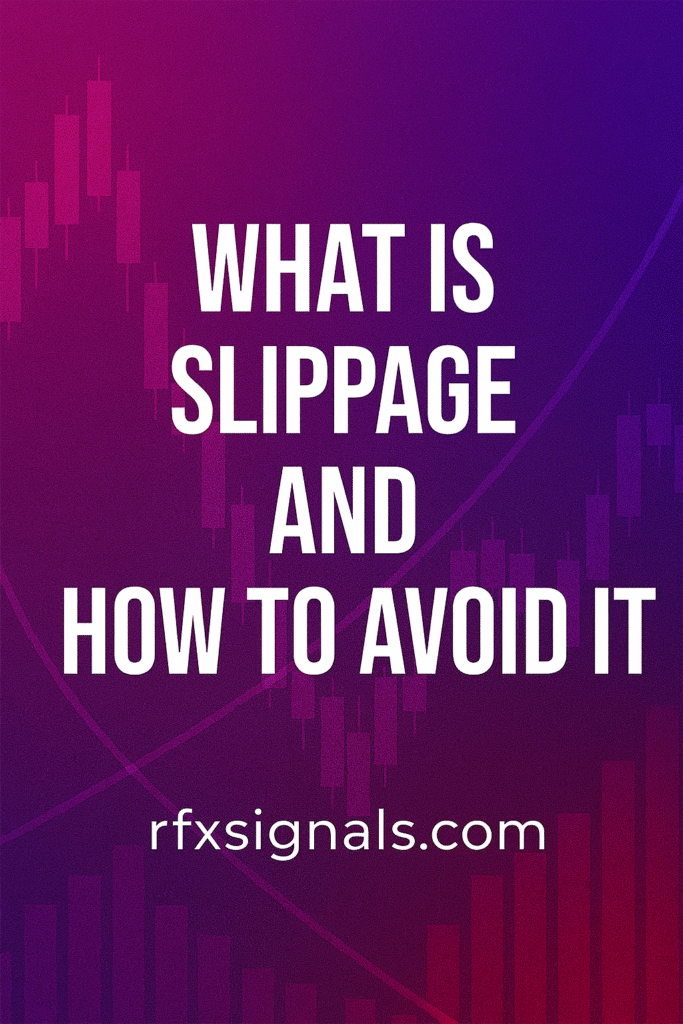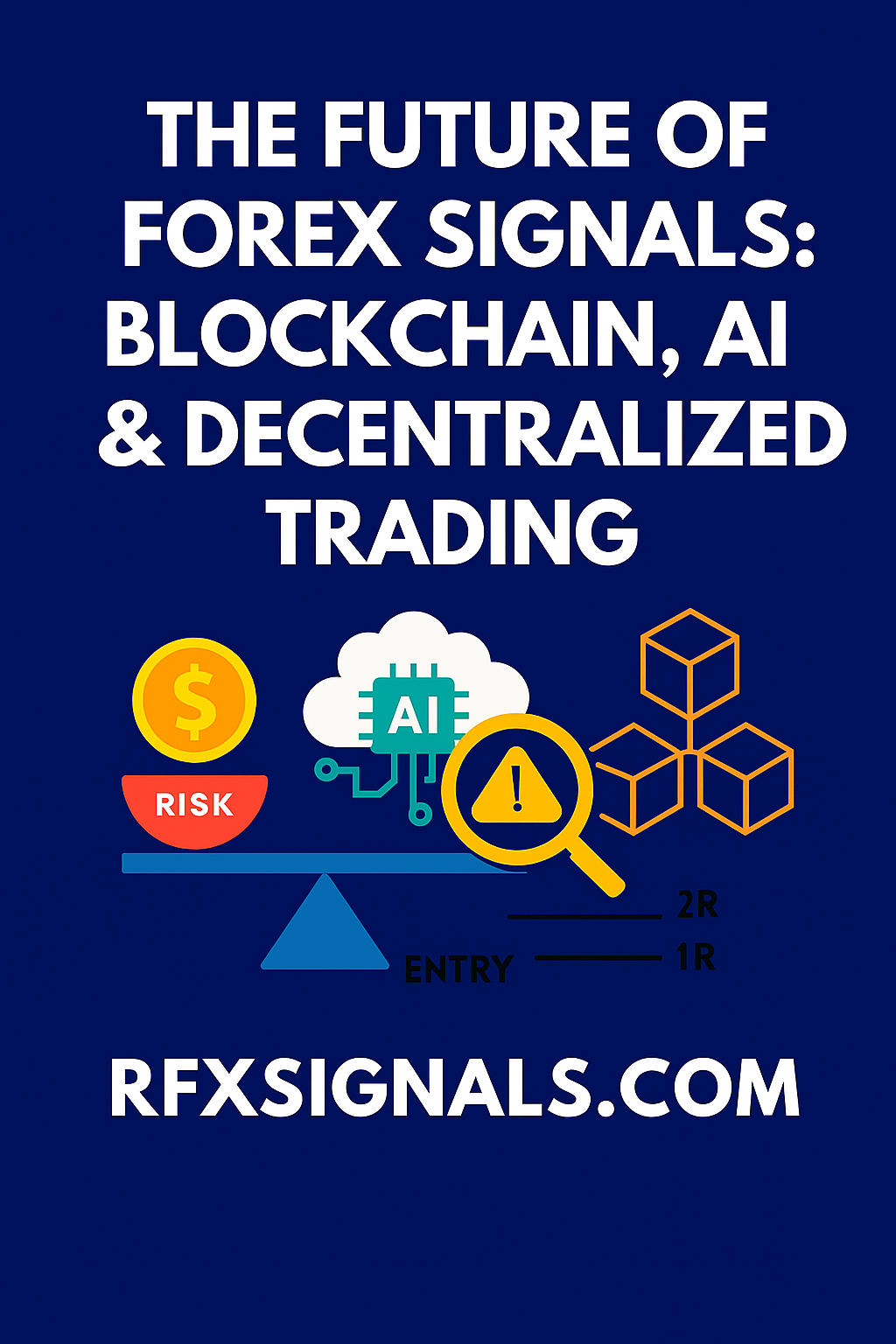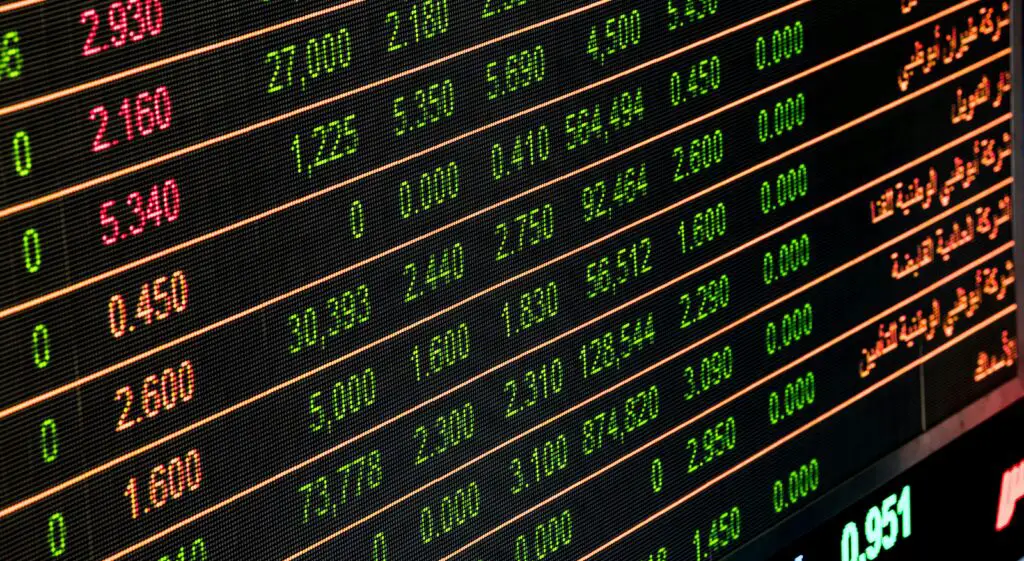
What Is Slippage and How to Avoid It — Practical Guide for Forex Traders
Slippage is the difference between the expected price of a trade and the price at which it is actually executed. It is a hidden cost that eats into your returns if unchecked. This guide explains why slippage happens, how to measure it, real forex examples, and 12 practical ways to reduce or avoid slippage — especially useful for Indian traders and those trading INR pairs.
What is slippage? — the simple definition
Slippage occurs when the execution price differs from the price you saw or requested. If you place a buy order at 1.2000 and it fills at 1.2005, you experienced 0.5 pip (or 0.0005) of slippage. Slippage can be negative (you receive a worse price) or positive (you get a better price).
Why slippage happens — core causes
- Market volatility: fast moves during news events or open/close sessions create large price swings and rapid quote changes.
- Low liquidity: thin order books (e.g., exotic pairs or off-hours) mean large market orders move the price materially.
- Order type: market orders execute immediately at available prices and are more prone to slippage than limit or stop-entry orders.
- Broker execution model: some brokers aggregate liquidity poorly, have slow routing, or re-quote during high volatility.
- Latency: delays between you clicking trade and the broker receiving it can cause the market to move.
Types of slippage — practical perspective
Consider two common scenarios:
1. Execution slippage (market fills)
Market orders fill at the best available price. If liquidity is thin beyond the best quote, the order "walks the book" and fills at worse successive prices.
2. Re-quote/failed fill slippage
Some brokers detect price movement and either re-quote for your approval or reject the trade, effectively causing opportunity cost or forcing a worse price.
How to measure slippage (simple metrics)
Two useful numbers to track:
- Average slippage per trade: sum(all executed price - requested price) / number of trades.
- Slippage as % of average spread: helps you see whether slippage is small relative to transaction cost.
Keep a spreadsheet tracking time, pair, order type, requested price, executed price, spread at execution, and remarks.
Real forex examples (illustrative)
- You place a market buy on EUR/USD at 1.0800; during a news spike the best available prices become 1.0802 and 1.0807, your order partially fills at those prices — slippage = up to 0.7 pip.
- You place a large market sell on USD/INR during thin India session and the order eats multiple liquidity layers — slippage can be several paisa per unit.
12 practical ways to avoid or reduce slippage
- Prefer limit orders for entry when possible. Limiting execution price prevents negative slippage (but may miss the trade).
- Use stop-entry orders rather than market orders for breakout trades. They convert to market only once price reaches your trigger but can still slip — combine with reasonable buffer.
- Avoid trading during major news unless you have a tested plan. Spikes widen spreads and increase slippage risk.
- Trade liquid pairs during main session overlaps. EUR/USD, GBP/USD and USD/JPY have deepest liquidity and lowest slippage.
- Reduce order size in thin markets. Break big trades into smaller child orders to avoid walking the book.
- Choose brokers with good execution and transparent slippage stats. Ask for execution reports and ECN/STP routing options.
- Use brokers with negative slippage policies or guaranteed stop loss if required. Note this may cost in commissions/premiums.
- Use proper position sizing and limit risk per trade. If a trade can gap, small size limits absolute loss from slippage.
- Pre-check average spread and liquidity at your intended trade time. If spread is wide, skip or reduce size.
- Automate execution where possible and reduce human latency. Algos or VPS near broker servers reduce delay.
- Test and measure slippage in a demo/live environment. Log fills and compare expected vs executed prices.
- Avoid exotic or illiquid crosses unless you understand their cost profile. INR exotics may carry bigger hidden execution costs.
Broker selection checklist (execution focused)
- Ask for historical execution reports or slippage statistics.
- Prefer regulated brokers with ECN/STP pools and competitive pricing.
- Confirm order types supported (guaranteed SL, limit, stop-entry, OCO).
- Check server/VPS proximity and average round-trip time if you scalp.
Technology & platform tips
For high-frequency or scalping strategies minimize latency: use a VPS, lower-latency internet, and a broker with fast routing. Avoid platforms that freeze or re-quote during high volatility.
Post-trade review — how to get better
Each week review your slippage log: which pairs, session times, order types and brokers produced worse fills? Use that data to adjust rules — maybe stop trading certain pairs in certain hours or switch to limit-only entries.
SEO-friendly internal & external linking strategy
Link this post to related site content and trustworthy external sources:
- Forex Order Types — When to Use Market, Limit & Stop Orders (internal)
- How to Choose a Forex Broker — Execution & Fees Checklist (internal)
- Investopedia — Slippage (external)
- Reserve Bank of India (authoritative for INR context)
Final takeaway & quick execution checklist
- Prefer limit orders & trade liquid pairs during main sessions.
- Reduce size in thin markets and avoid headline spikes unless planned.
- Choose brokers with transparent execution and log fills to measure slippage.
Need help reducing execution costs? Get a free quick audit of your broker execution or ask for our slippage log template.
Request Audit (WhatsApp)













